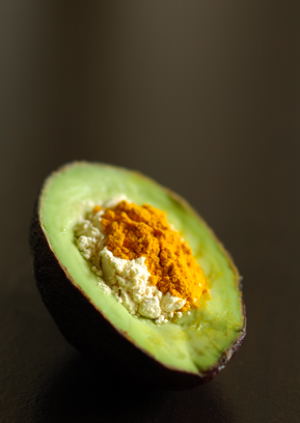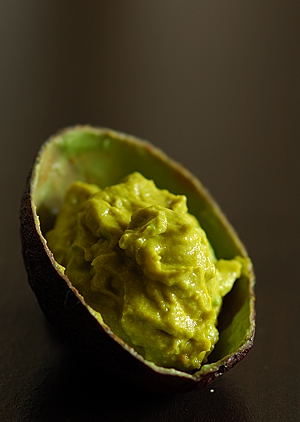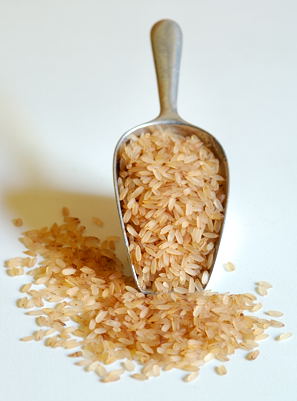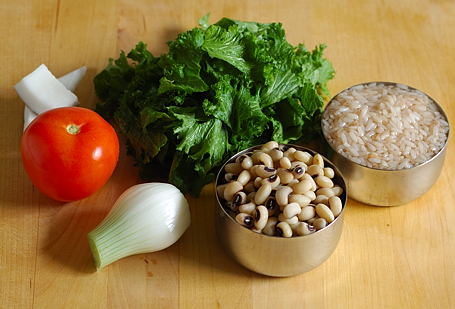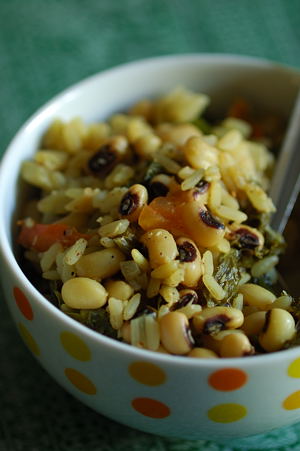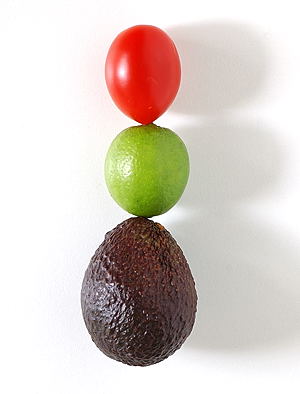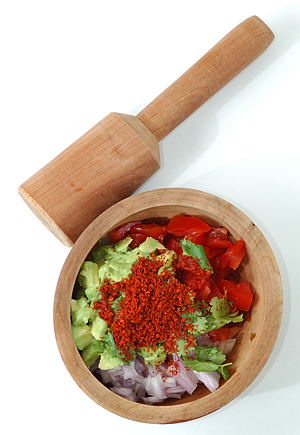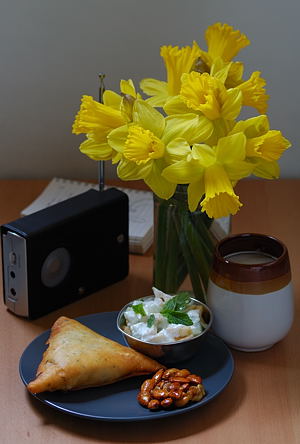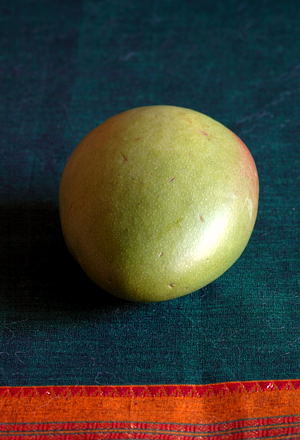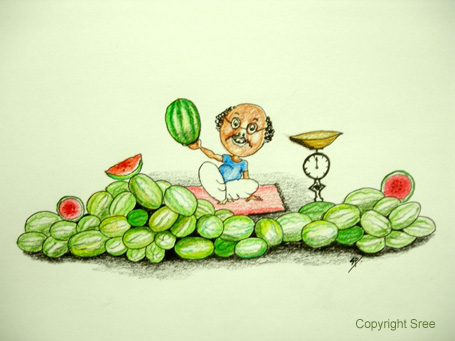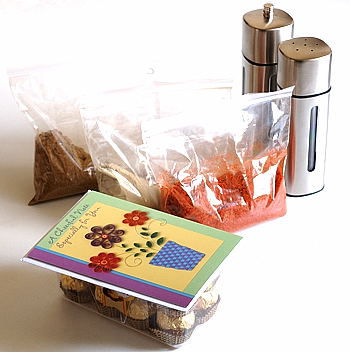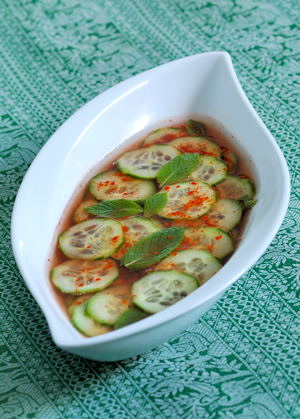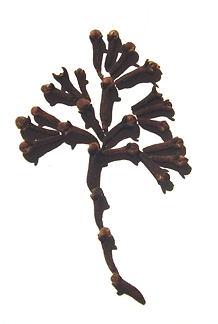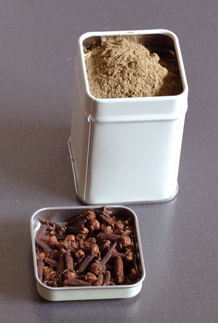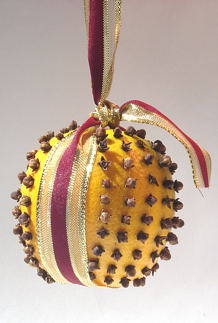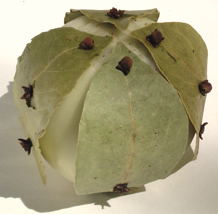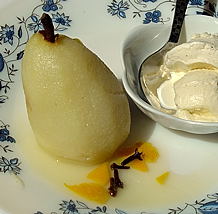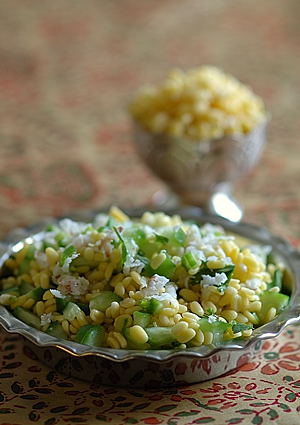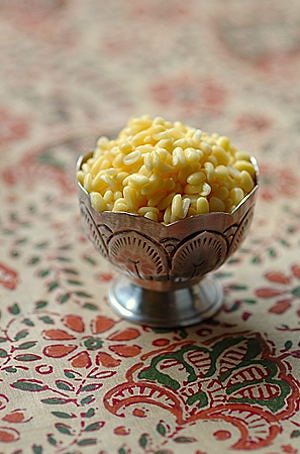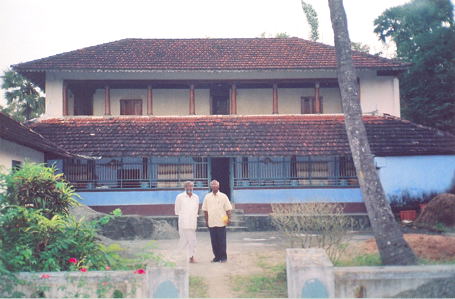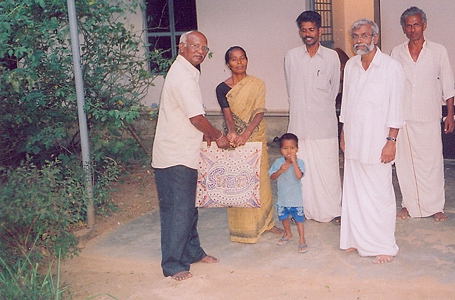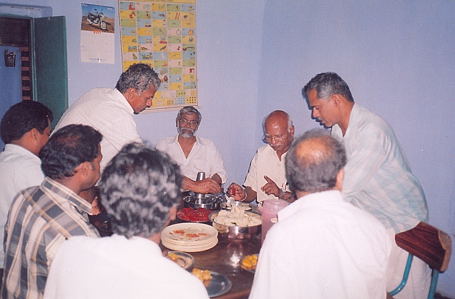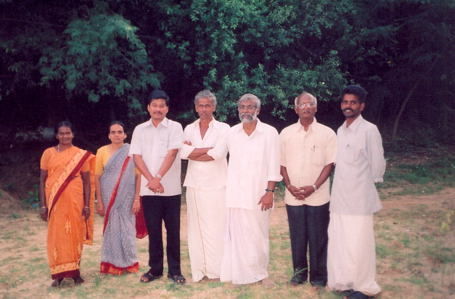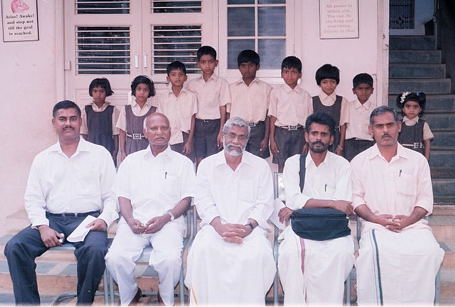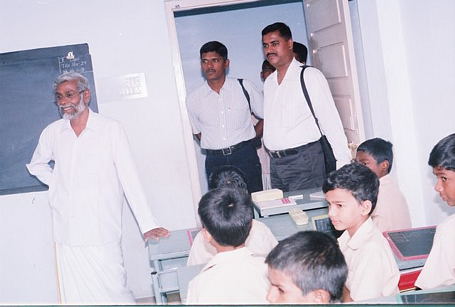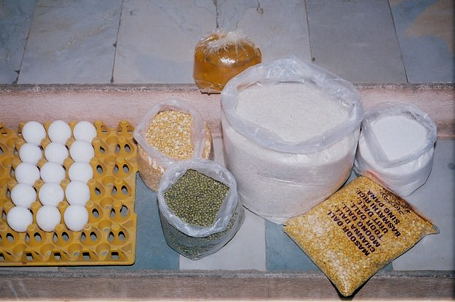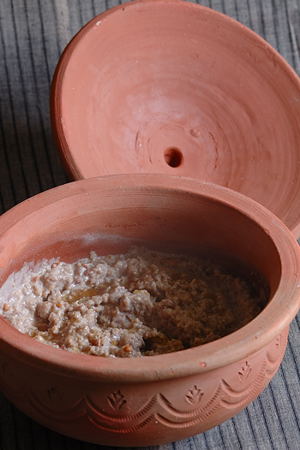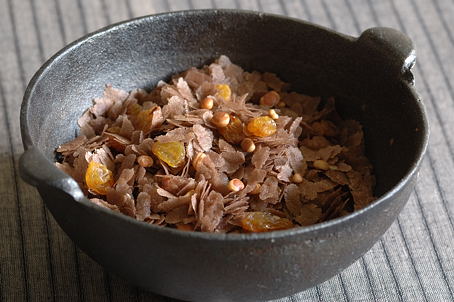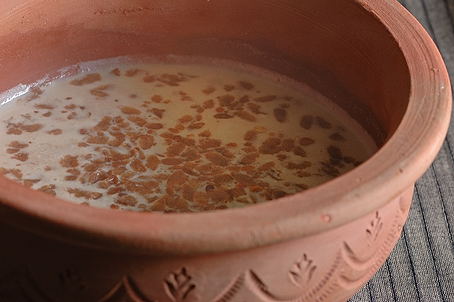

Jigyasa and Pratibha’s Pedatha …………… My Avva (Grandmother)
In my unremarkable childhood, the only remarkable thing was the summer holidays I used to spend at my grandmother’s home at Nandikotkur every year. My grandmother, a mother of four daughters and four sons is a ritubidda (farmer’s daughter), and a saint like person. She was my guru and a friend growing up, and I learned devotion from her.
Like Jigyasa and Pratibha’s Pedatha, my grandmother is also from a “do one thing at a time” generation. This philosophy was more evident in the kitchen than anywhere else. Cooking was an unconsciously clever and creative act, and done in a unhurried manner to everyone’s satisfaction. One of my favorite recipes from my grandmother is brinjal with black-eyed peas. Seasoned with ginger and green chillies, and served with sorghum roti, this simple preparation with heavenly aroma was a daily breakfast for us. Science has shown that our sense of smell is the first one to be associated with memory. I have to agree, and I still associate ginger flavored brinjal smell to my grandmother’s kitchen. The same recipe has also been featured in the award winning Pedatha’s cookbook.
I prepared this dish with reverence to my beloved avva and in memory of Pedatha.
“From food all creatures are produced. And all creatures that dwell on earth, by food they live and into food they finally pass. Food is the chief among being. Verily he obtains all good who worships the Divine as food.”
-from Upanishads
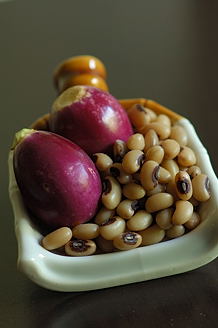
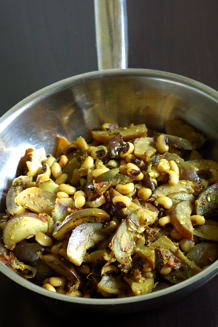
(for Jihva Love ~ A Tribute to Tradition)
Half cup black-eyed peas. Soaked in water overnight, and cooked to tender
4 small variety Indian green chillies and one inch piece of ginger – coarsely grind
¼ teaspoon turmeric
½ teaspoon salt or to taste
1 tablespoon peanut oil and tadka ingredients
Place a wide skillet on stovetop. Add and heat peanut oil. Add and toast tadka ingredients (garlic, cumin, mustard seeds and curry leaves) to golden. Add the brinjal pieces to skillet. Cover the skillet. The round variety brinjals cook to tender within minutes. After about five minutes of cooking time, remove the lid. Add the black-eyed peas and green chilli-ginger paste. Also turmeric and salt. Mix. Sauté on medium heat for another five to ten minutes. Serve hot with sorghum roti or chapati, for a filling meal.
******
Busy days. See you again on Sunday.
******
